Holden is determined to prove that when the Commodore manufacturing closes soon in Australia, it will be the beginning, and not the end, for the large car.
The famous Aussie sedan is being replaced by Opel's Insignia hatchback (more liftback than hatch in looks) and wagon -- but still badged Commodore after demands from customers.
A year ago, two hand-built Insignias arrived at Holden's Melbourne HQ before heading to the company's proving ground at Lang Lang, southern Victoria.
There, the team of engineers set about transforming the European Insignia into an Aussie 'true blue' product. It wiped away the delicate suspension that was ideal for smooth German roads, and calibrated the newly minted Commodore for tough Australia and New Zealand bitumen.
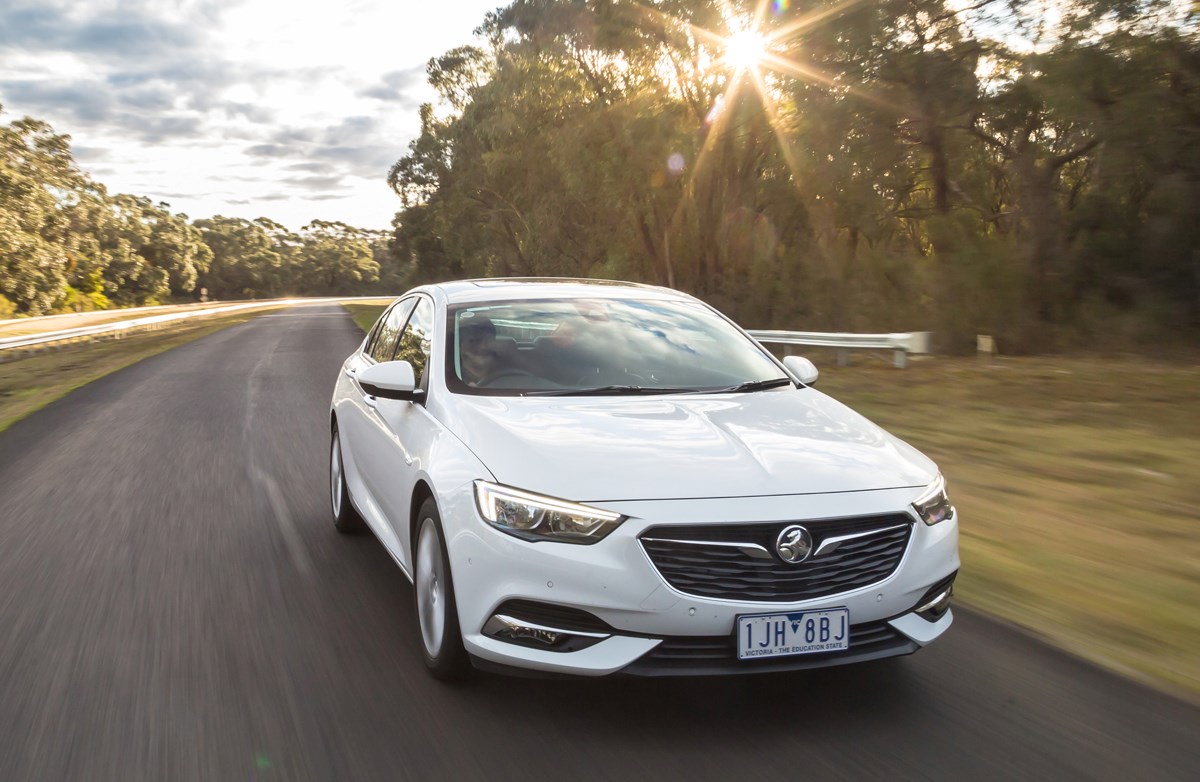
The team decided that while the yielding steering was okay for autobahns, it needed a more sporty feel to handle frequent bumps on our road surfaces plus hills and windy country routes.
Prices and specs are to be announced closer to launch date but expect them to be around the same price as the current Commodores (early $50,000s to mid-$60,000s).
Holden New Zealand's marketing manager, Marnie Samphier, said there is a "huge amount of interest for the impending launch of the next generation Commodore".
"The current Commodore is a world-class car in its own right, but the all-new ZB Commodore represents a significant evolution in design, performance and dynamic ability," said Samphier.
"Feedback from engineers, and now also media who have driven the new model, is that we have achieved what we wanted to in terms of exceeding KPI's relating to performance and the renowned driveability of Commodore.
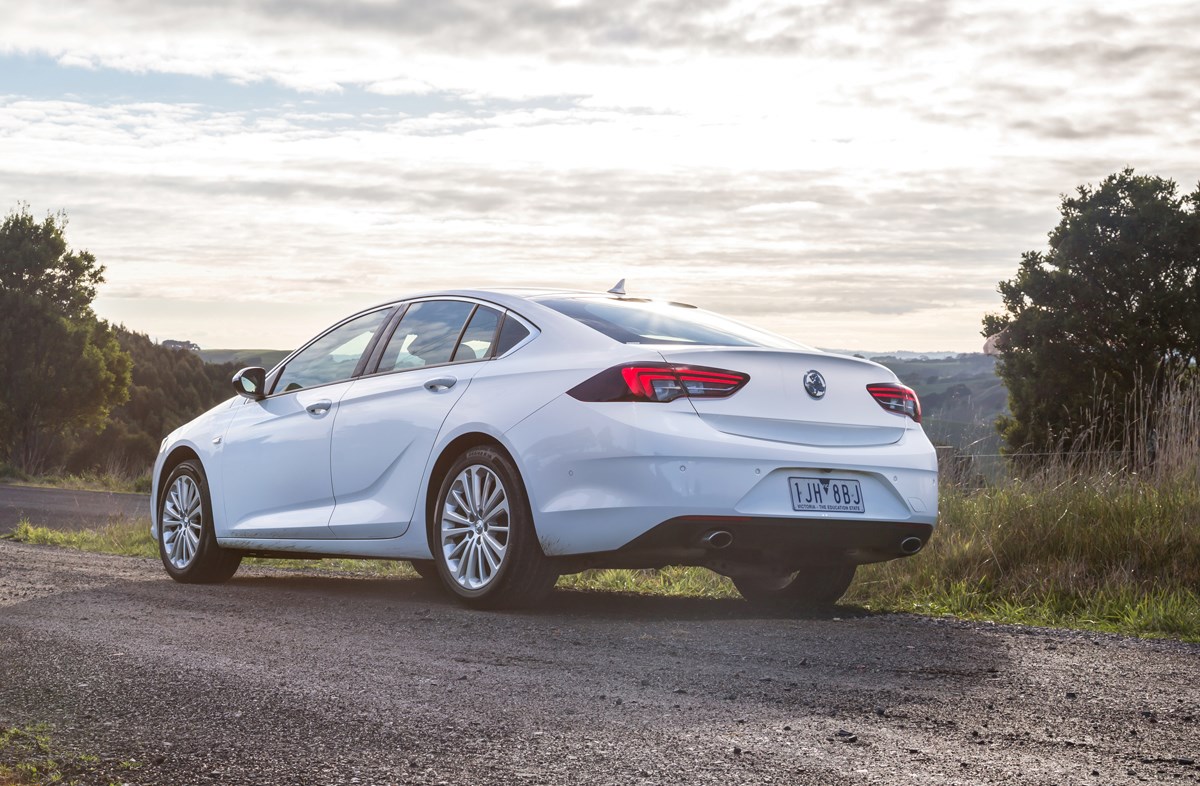
"It's often said a new model should be judged by the entry variant, an adage which rings true with the new ZB Commodore. The entry 2-litre turbo petrol vehicle offers a sensational 191kW powertrain which is more than capable of delivering a driving experience demanded by Commodore fans.
"Commodore is an iconic nameplate and I know there is high expectation associated with its launch late in quarter one, 2018.
"Pleasingly, the new model is on track to exceed expectations and there is every indication the new car, which is already the most technologically advanced, safety-orientated, feature-laden new model, will also be the best driving Commodore ever."
Holden's engineers say the new Commodore is "99 per cent" ready, with just a few minor adjustments to be made, while the exterior and interior will remain untouched.
The slanted front and rear lights, and the 'waterfall' front grille are stylish additions. The interior has the new infotainment system and a more refined look.
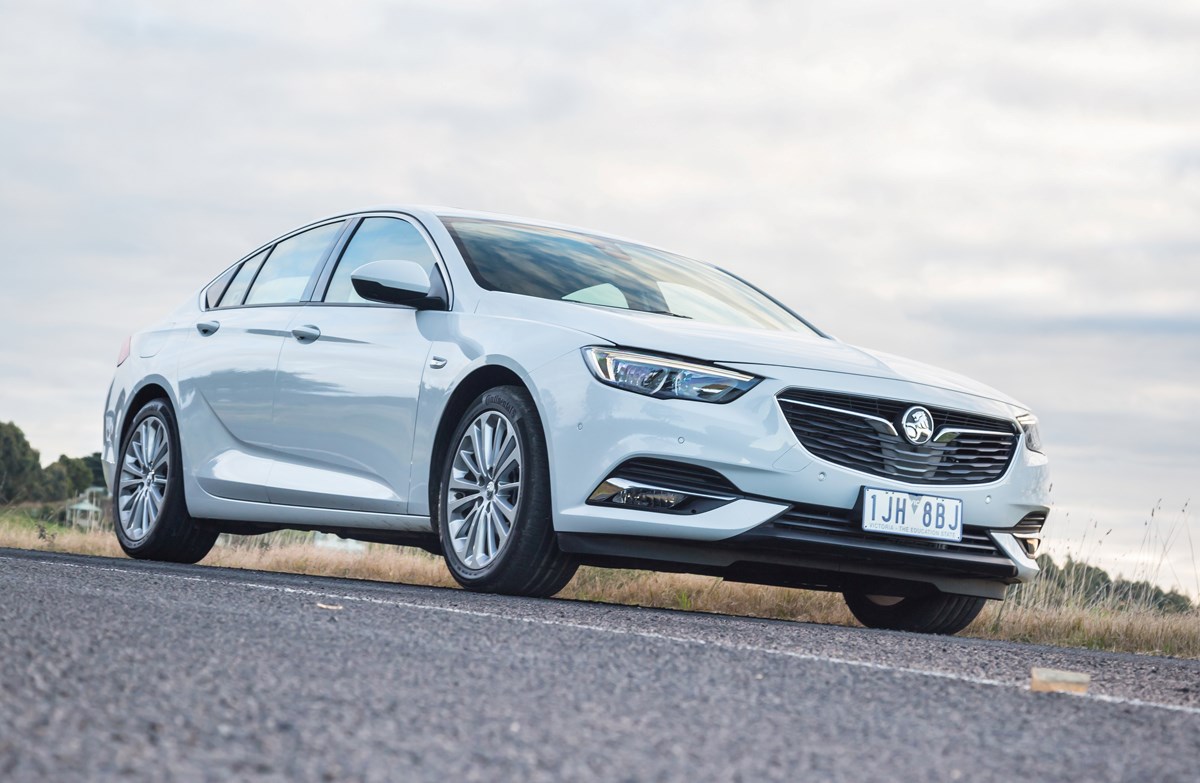
With the launch of the all-new European-built large 'sedan' just six months away, Holden invited motoring writers to Lang Lang this week to do a comparison of Commodore products that should appease the purist who feared the end was nigh when Holden announced no more rear-wheel-drive V8 Aussie Commodores.
Holden could have 'sold' the improvements made to the Australia-calibrated Commodores to the motoring media at the event, but instead was smart enough to have some 'before' models in the mix.
As well as the two hand-built 3.6-litre V6 Insignia/Commodore, each costing A$250,000, it had two 2-litre, four cylinder models and two station wagons; one still a full Opel product (the before) and one tuned by the Lang Lang team (the after).
The 2-litre turbo front wheel drive with a 9-speed auto transmission produces 191kW of power and 350Nm of torque, going from 0-100km/h in 7.0 seconds.
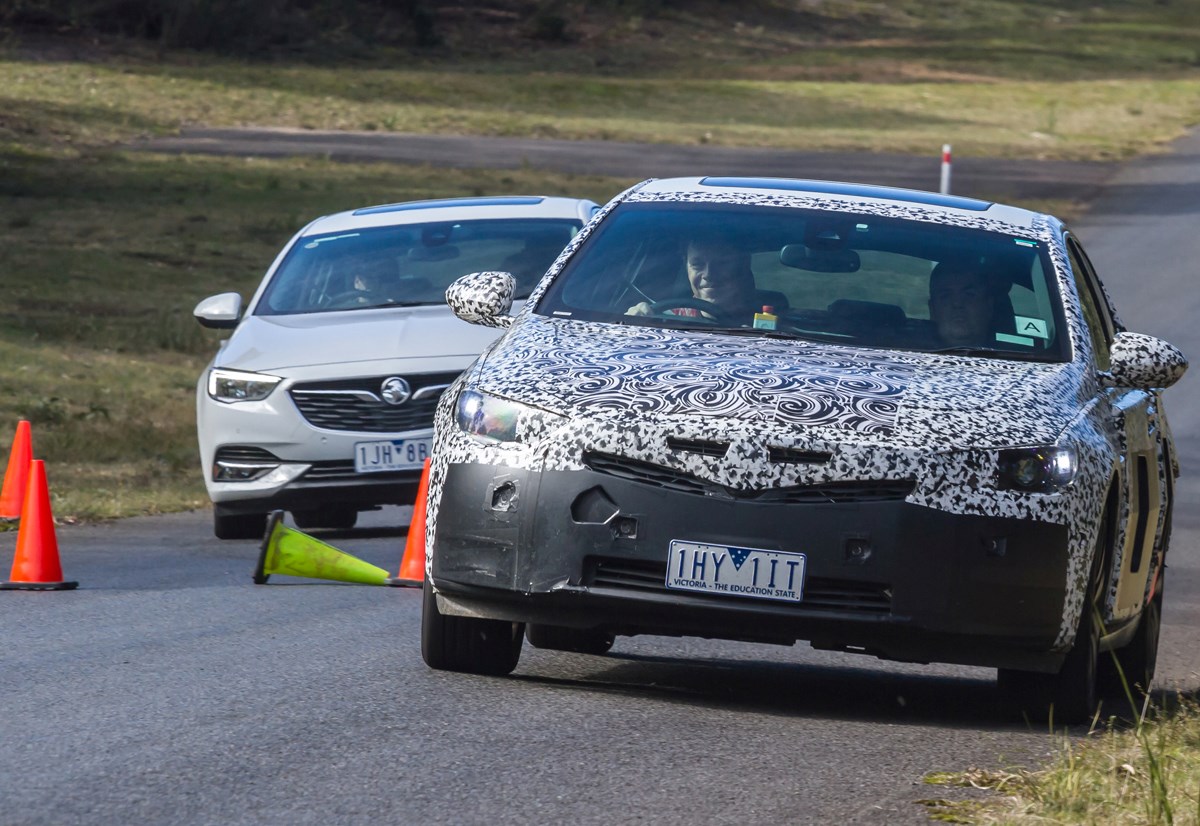
The 2-litre (left) and camouflaged V6 AWD (right)
The 3.6-litre produces 230kW of power and 370Nm of torque plus a state-of-the art AWD system, that is the first of its kind. The Holden engineers could adjust vector torque to each wheel, providing more grip and better compensation of under- or oversteer.
To prevent any romanticising about the last Aussie-built VF Commodores, it had two Calais for the motoring media to test.
The new ZB Commodores have been specced up with autonomous emergency braking, adaptive cruise control, lane departure warning, forward collision alert, blind side later, rear cross traffic alert and advanced park assist.
It also has next-generation adaptive LED matrix headlights plus 360-degree camera.
The ZB Commodore has new dampers, calibrated suspension and more responsive steering.

The V6 model had 100,000km of day-to-day real world testing on public roads, including roads around the southern Victoria roads and to and from the engineers' homes.
For lead dynamics engineer, Rob Trubiani, the new dampers meant many hours of work adjusting the disks to create a more engaging experience.
He admitted that, after thinking he'd crack the formula at the proving ground, the ride home in the $250,000 prototype brought up real world niggles due to road conditions. He then spent a few sleepless nights working out the correct adjustments.
But project leader Dave Johnson had a message for Aussie-built Commodore faithfuls: This was going to be the next Commodore whether it was built in Melbourne or Russelsheim, Germany.
"This is where we would have been going (anyway) ... the ZB was always going to be the next Commodore," he said.
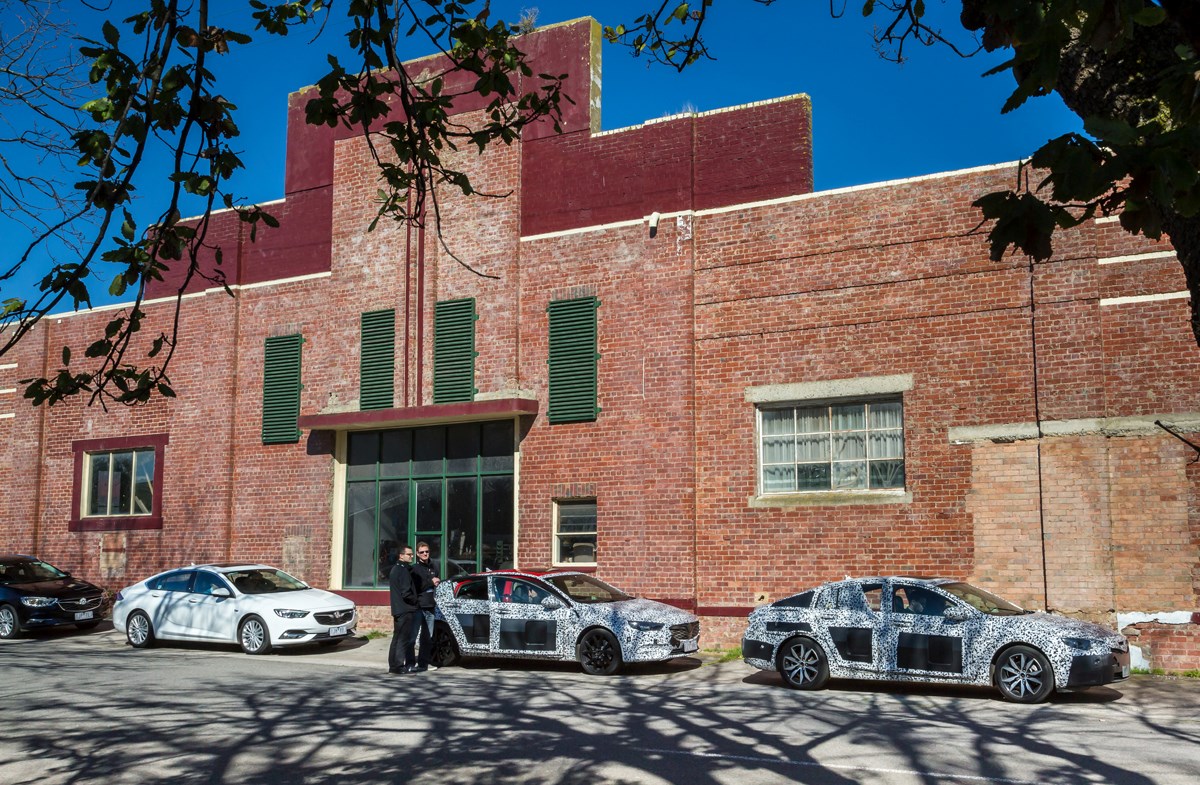
The benchmark for the new Commodore included the VF plus Honda Accord and Volkswagen's Passat V6.
So it was into the VF for my driving partner and me as we did exercise one at the proving ground this week; a reverse hill climb.
Ahead of us on the proving ground's hill circuit was the V6 and 2-litre next-gen Commodores, and while they shot up the incline, I had to plant my foot as the XF hunted for gears and torque to play catch-up. I took the chicanes at 20km/h in the XF, as it rolled through the cones.
Next up was the 2-litre ZB Commodore, and what a difference a generation of technology and huge input of Aussie engineer makes.
The nine-speed automatic transmission meant you weren't hunting for gears like the XF, and I just needed a slight touch on the accelerator to peak up the hill, with the 2-litre taking the chicanes at 50km/h. We hit a top speed of 120km/h easily in the next-gen model while the V6 AWD proved the star of the line-up.
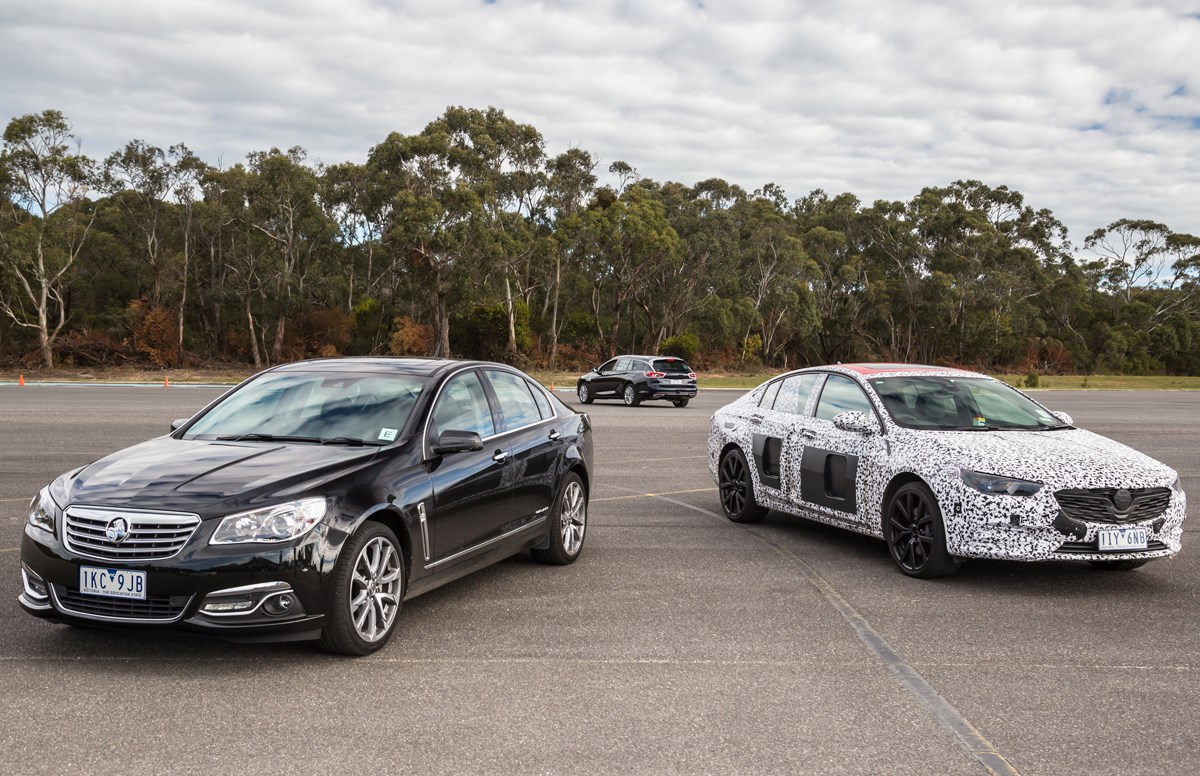
The VF Commodore (left); ZB wagon (rear) and ZB Commodore (right)
It's surefootedness on the purposely uneven surface of the testing ground was impressive, whereas in the VF version you had a rattle as it breached the road.
Exercise two was a loop in the 'before' Opel wagon, with the test surface including corrugated surfaces. The handling was skitterish and not as confident at speed around corners, while on rough bitumen it was a harsh ride and at speed was sluggish.
The 'after', Lang Lang's calibrated wagon, had new dampers that improved the ride phenomenally, with the corrugated surface a mere thrilling rise and fall rather than a steering wheel-gripping ride.
Exercise three was a two-hour drive on the country roads around the proving ground. Again, the AWD V6 was the star of the line, while the 2-litre was an admirable second.
While all the ardent Aussie-built, V8 rear-wheel-drive Commodore fans are crying into their VB beer, the all-new ZB Commodore 'sedan' and wagons will be proving them wrong thanks to a touch of European refinement and technology ... but more importantly, a big helping of Australian engineering wizardry.


















